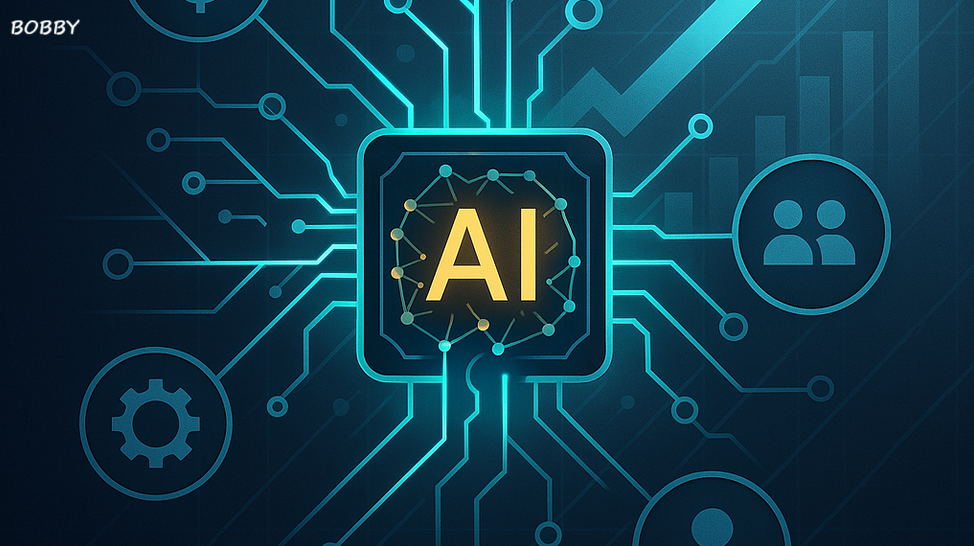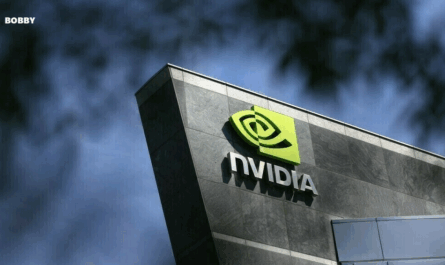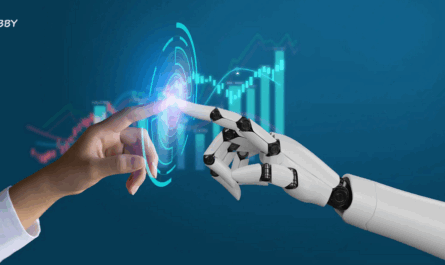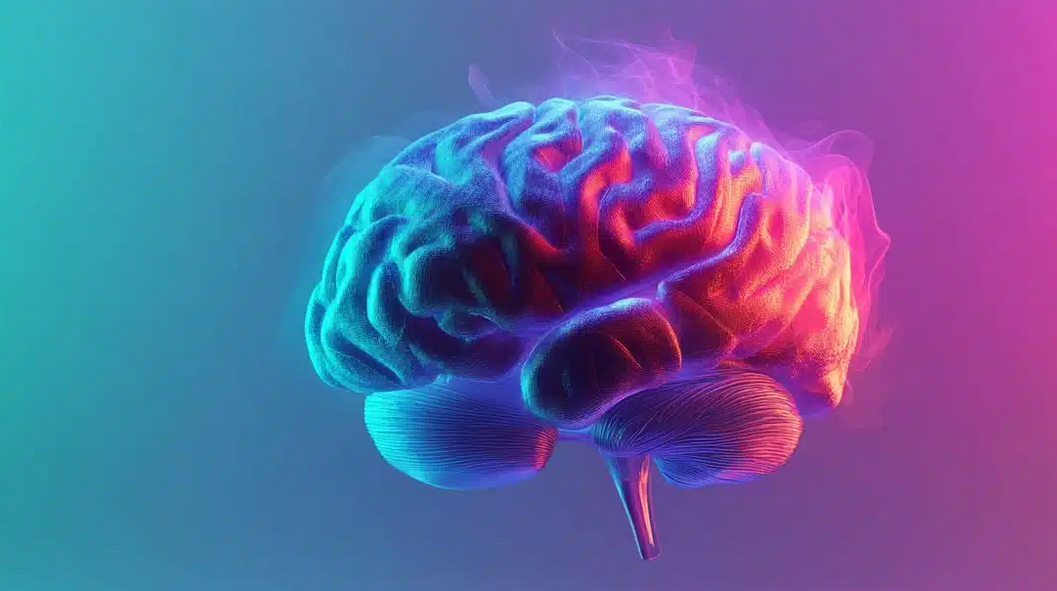What if the greatest barrier to artificial intelligence (AI) adoption isn’t the technology itself—but how people experience it at work? That’s the question driving Boston Consulting Group’s (BCG) latest AI at Work study, led by Sagar Goel, Managing Director and Partner at BCG. Goel, who oversees global digital workforce development and reskilling initiatives, recently discussed the firm’s findings with Techopedia. His insights reveal a striking reality: while corporations are racing to deploy AI tools, frontline employees are struggling to keep up.
The Stalled State of AI Adoption
Despite all the excitement surrounding AI, Goel began with a sobering fact: “Frontline usage of AI is stalling at roughly 50–51%.”
In other words, only about half of employees on the ground are actively using AI in their daily work. The rest? Either uncertain, untrained, or unconvinced. “Companies are thinking about this from the tools angle,” Goel explained, “but not so much from what it means for the actual employee.”
The problem isn’t that AI tools are unavailable. It’s that workers don’t feel equipped—or supported—to use them effectively. Many organizations have rushed to roll out automation and generative AI platforms like ChatGPT without ensuring that employees know why or how to use them for real business value.
Leadership and Framing Are the Missing Links
Goel argues that the stagnation isn’t due to technological complexity but rather a lack of leadership alignment and proper framing. “We heard that only 25% of frontline employees feel leadership support and role modeling when it comes to AI adoption,” he said.
Even training efforts fall short. “Only 36% of the frontline employees we surveyed were satisfied with their training.”
This mismatch between ambition and action has created a growing adoption gap. Many companies talk about digital transformation, but few truly invest in helping employees adapt. As a result, most workers don’t see AI as a natural part of their workflow—they see it as an external, sometimes intimidating, tool.
The Three-Part Breakdown: Framing, Support, and Training
According to Goel, successful AI integration depends on three critical factors:
-
Proper Framing: Employees need to understand what AI is for, how it helps, and what guardrails exist around its use. Without this clarity, AI feels abstract or even risky.
-
Leadership Support: Senior managers must model AI adoption, not just endorse it. When leaders use AI responsibly and transparently, it sets a powerful cultural precedent.
-
Continuous Training: Upskilling and reskilling cannot be one-time events. They must evolve with technology, ensuring that workers’ skills remain relevant.
Goel emphasized that even popular tools like ChatGPT are often misused—or underused—because employees lack guidance. “A study showed that about 70% of ChatGPT usage today is focused on non-work-related tasks,” he said.
Common uses include basic information gathering, administrative assistance, and creative brainstorming. These are helpful but rarely transformative. To truly unlock productivity, companies must align AI use with job-specific outcomes and measurable goals.
Bridging the Adoption Gap
The key takeaway from BCG’s findings is simple: awareness does not equal adoption. Many organizations assume that if employees know about AI tools, they’ll automatically use them. But true adoption only happens when employees understand how AI integrates into their specific roles—and when they see their leaders leading by example.
“There’s a lot of untapped potential in how these AI tools can be used at work,” Goel said. “If companies focus on the right framing, leadership support, and training, we can close this gap.”
The Anxiety Divide Between Leaders and Employees
Interestingly, BCG’s research revealed that leaders are more anxious about AI than their frontline teams. Around 43% of managers and executives worry about job security due to AI, compared to 36% of frontline workers.
Goel attributes this to two factors. First, leaders are more aware of the disruptive potential of AI and how it could reshape their industries. Their broader view of market dynamics naturally fuels concern.
Second, career stage matters. “Many leaders have fewer years left in their careers,” Goel noted, “so their readiness to reskill and retrain might be lower compared to the frontline.”
However, Goel also warned that the long-term impact will likely be felt most acutely in entry-level roles. As agentic AI automates repetitive tasks, entire categories of operational jobs could shift or disappear.
A Global Snapshot: The U.S. Lags Behind
Another striking finding from BCG’s AI at Work report is that the United States trails the global average in regular AI use. “In the U.S., about 64% of employees use AI several times a week, compared to a global average of 72%,” Goel said.
The reason isn’t a lack of interest—it’s structure. Developed markets tend to have more rigid labor policies, complex compliance requirements, and mature organizational systems that slow adoption.
In contrast, emerging economies are moving faster. Goel highlighted India as a case in point: “With youth unemployment around 16%, Gen Z and millennials see AI as a differentiator in the job market. It comes naturally to them.”
This generational comfort with technology, combined with economic necessity, makes younger, developing regions the vanguard of workplace AI adoption.
Reskilling at Scale: It Takes a Village
Goel believes solving the global skills gap requires large-scale collaboration across sectors. “Upskilling and reskilling millions of people every year is going to take a village,” he said. “Individuals, companies, industry associations, NGOs, and governments must all work together.”
BCG’s Human Futures Lab is studying how these multi-stakeholder ecosystems can coordinate more effectively. The urgency is clear: the half-life of skills—the time it takes for half of what you know to become obsolete—is now just five years.
No single organization can address that alone. Goel pointed to Singapore as a model example, where over 20 banks and financial institutions partnered with the Institute of Banking and Finance (IBF) to reskill employees from traditional roles into technical ones.
Instead of competing for scarce tech talent, they collaborated to build a shared program benefiting the entire sector.
Similar initiatives are emerging elsewhere. In Michigan, for example, U.S. automakers are partnering with state agencies to retrain workers for electric vehicle and AI-related manufacturing roles. Goel sees this cooperative model as the future: “Companies collaborating rather than competing for talent will define successful reskilling.”
The Bottom Line: Sustainable, Not Symbolic, Transformation
AI continues to evolve faster than any previous technology—but organizational change is lagging behind. Goel’s message is clear: companies cannot improve what they do not measure. Upskilling and reskilling must be tracked, evaluated, and tied to performance outcomes.
Real transformation happens when leadership prioritizes people as much as platforms. “The promise of AI can only be fulfilled if leadership treats talent development as seriously as revenue growth,” Goel said.
In other words, sustainable transformation isn’t about deploying the newest tool—it’s about developing the workforce that knows how to use it.
FAQs
1. How can workers stay relevant in the age of AI?
Continuously learn and focus on integrating human capabilities—like communication, management, reasoning, and creativity—with technology knowledge. These are areas where AI cannot easily replace humans.
2. What’s the difference between upskilling and reskilling?
Upskilling means learning to use new technology within your current job. Reskilling prepares you for an entirely new role that AI and automation may create.
3. Who benefits most from reskilling?
Both employers and employees benefit. Workers gain job security and career growth, while organizations build a more adaptable, future-ready workforce.




